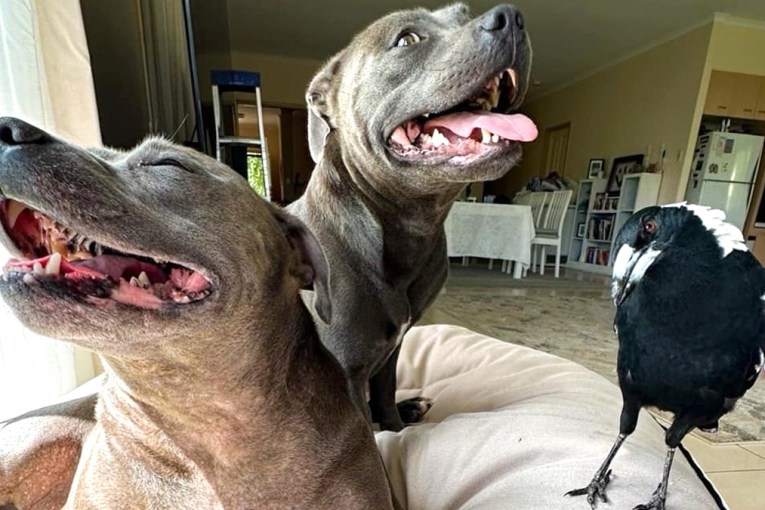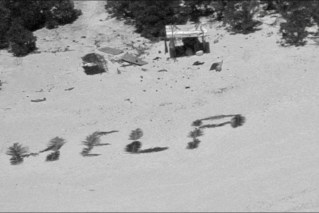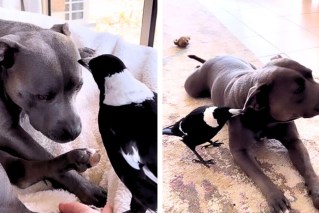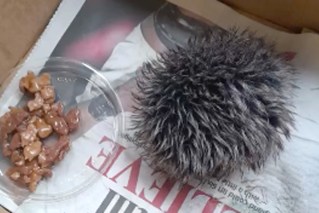Baby tortoises found on Galápogas island

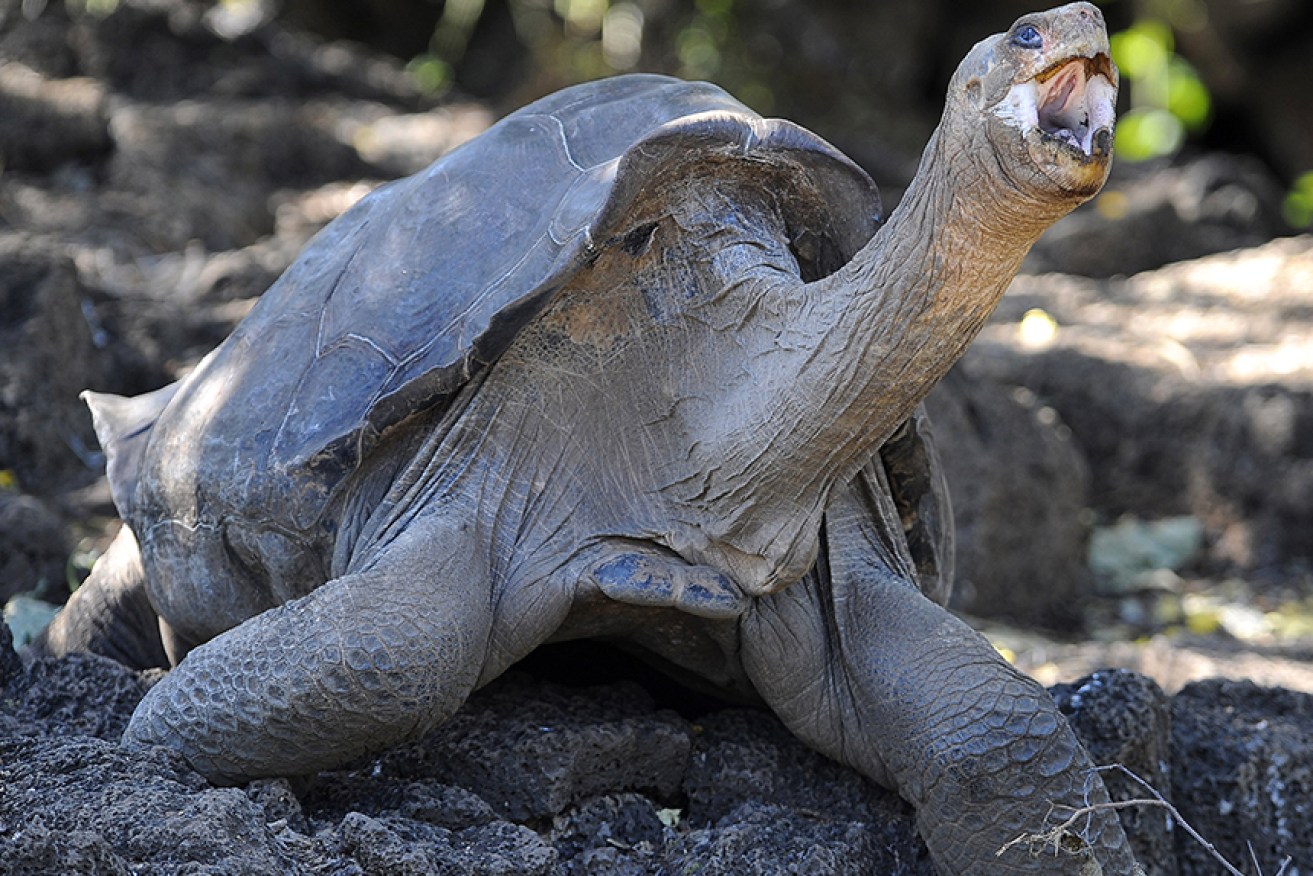
For the first time in more than a century the tiny Galápogas island of Pinzón is celebrating the birth of baby saddleback giant tortoises.

One of the saddleback tortoise hatchlings. Photo: Galápogas Conservatory.
“We found ten tiny, newly hatched saddleback tortoises on the island early last [December],” the authors of the January 15 edition of Nature wrote.
• Baby chameleons light up Taronga Zoo
• China’s wild panda population up 17 per cent
• Baby kiwi undergoes surgery for wonky beak
Due to their size and ability to camouflage, it is unknown if there are more of the critically endangered hatchlings on the island.
The species was at the mercy of rats on board ships in the 17th and 18th centuries which devastated the saddleback tortoise population by eating their eggs and hatchlings.
In the 1960s, it was estimated only about 100 of the tortoises were still alive, prompting researchers to set up a special program designed to raise them in captivity and protect the little creatures from rats.

Repatriation of saddleback tortoises at Pinzón in 1971. Photo: Facebook Galapagos Conservancy.
After dropping rat bait all over the island in 2012, Pinzón was declared rat-free.
The journal article says that 50 years of conservation efforts have helped the species to stabilise.
“Our discovery indicates that the giant tortoise is once again able to reproduce on its own in the wild,” the Nature authors wrote.
The fifteen giant tortoise subspecies of the Galápogas Islands rose to fame after Charles Darwin used them to help develop his theory of evolution.
Total numbers plummeted from an estimated 250,000 in the 16th Century to fewer than 3,000 in the 1970s. Numbers are now estimated to be around 20,000.
Of the original fifteen subspecies of giant tortoises that Charles Darwin documented, only ten still survive.
‘Lonesome’ George, the last of the Pinta Island tortoise subspecies died in 2012, he was aged over 100.
